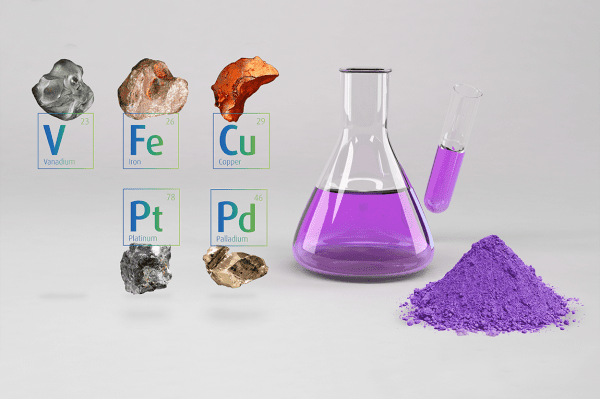Ammonia Slip Catalyst (ASC)
Ammonia Slip Catalyst (ASC)
Application
An exhaust system operating with an SCR catalyst is usually also equipped with a special catalyst providing a selective Ammonia (NH3) oxidation function.
Due to the dynamic driving cycle, recognizable amounts of NH3 leave the SCR. Therefore, the conversion of excess Ammonia leaving the SCR catalyst is mandatory, since Ammonia is also an emission regulated gas.
Oxidation of Ammonia leads to the formation of NO as main product, which would consequently contribute negatively to the total conversion of NOx of the whole exhaust system.
An ASC follows as smart catalyst design to mitigate the emission of additional NO. The catalyst combines the key NH3 oxidation function with an SCR function.
Ammonia entering the ASC is partially oxidized to NO. The freshly oxidized NO and NH3 inside the ASC, not yet oxidized, can consequently react to N2 following the usual SCR reaction schemes.
By intelligent system and catalyst design, combined with an adapted operation strategy, the ASC is capable of eliminating the traces of Ammonia and converting in parallel newly formed and existing NO to N2, which finally helps to reduce further NOx emissions.

Actions
Related products

Catalyzed Diesel Particulate Filters (cDPF)
Aftermarket
Automotive CatalystsCatalysts & Exhaust Treatment

NOx Storage Catalyst (NSC)
Light Duty Diesel (LDD)
Automotive CatalystsCatalysts & Exhaust Treatment

SCR-Catalyzed Diesel Particulate Filter (SDPF)
Aftermarket
Automotive CatalystsCatalysts & Exhaust Treatment

Diesel Oxidation Catalyst (DOC)
Aftermarket
Automotive CatalystsCatalysts & Exhaust Treatment

Selective Catalytic Reduction (SCR)
Aftermarket
Automotive CatalystsCatalysts & Exhaust Treatment